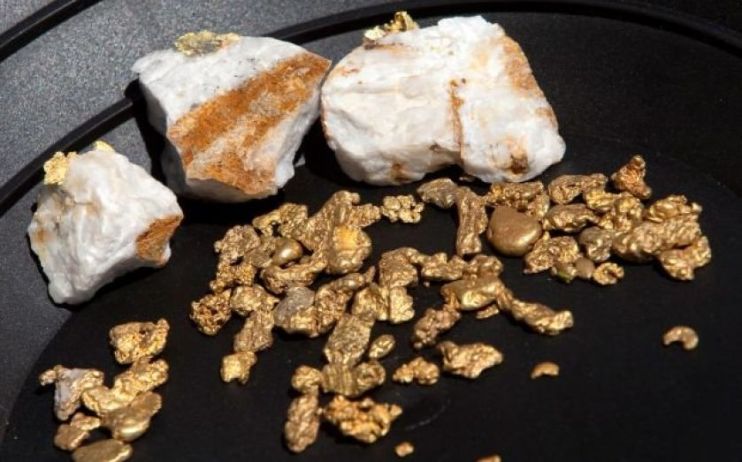Gold hits highest values since 2013 amid geopolitical tensions

Renewed economic concerns and rising geopolitical tensions has driven the value of gold to a six and a half year high, according to the Refinitiv GFMS gold survey.
In the third quarter gold’s dollar value rose to an average of $1,472 (£1,144.5) per ounce, a 12 per cent increase on the previous quarter and 22 per cent rise year-on-year.
Read more: Zero-carbon transition to cost gold industry $70bn
At the start of September the price hit $1,546 per ounce, its highest point since 2013.
Cameron Alexander, director of precious metals research at Refinitiv commented: “Renewed economic concerns, geopolitical tensions as well as rising threat to the global trade outlook amidst the prolonged trade disputes between the United States and its major trade partners all contributed to this hike in value.
“Furthermore, a visible shift among the world’s key central banks towards a more accommodative monetary policy this year has seen investors flee back to safety, making gold shine even brighter.”
The report cites a number of factors which contributed to the rise in value.
First, cuts in interest rates by the US Federal Reserve and the European Central Bank, as well as various stimulus measures implemented by central banks in markets including China, India and Russia, have contributed to a spike in investor activity.
In addition, demand has fallen away. Retail investment plunged 25 per cent in the third quarter compared to a year ago, driven by a fall in physical bar investment in Asia, where demand contracted by a third during the July-September period.
Global jewellery fabrication slumped by 26 per cent in the third quarter, with multi-year high gold prices putting pressure on price sensitive Asian markets.
India witnessed the most dramatic fall, with demand dropping 60 per cent for the period as a weak domestic currency drove gold in rupee terms to a record high, making gold items unaffordable for many consumers.
Finally, strong performances at Russian and US gold mine operations meant supply surpassed expectations, offsetting losses reported in Australia and South Africa.
Accumulated gold production during the first nine months totalled 2,516 tonnes, nearly a three per cent increase from the same period in 2018.
Read more: Metals firm TNG announces plans for LSE listing
Total global production is estimated to break a new record in 2019 of between 3,380 and 3,390 tonnes, a considerable increase from the 3,332 tonnes reported in 2018.
Cameron concluded: “The outlook for gold remains quite supportive and will continue to benefit from ongoing global economic and political tensions, particularly should we see further escalation of U.S.-China trade conflict, fears of an economic downturn and central banks embarking upon more aggressive monetary measures.
However, he warned that a strong dollar would pose a major drag for prices.
Main image credit: Getty